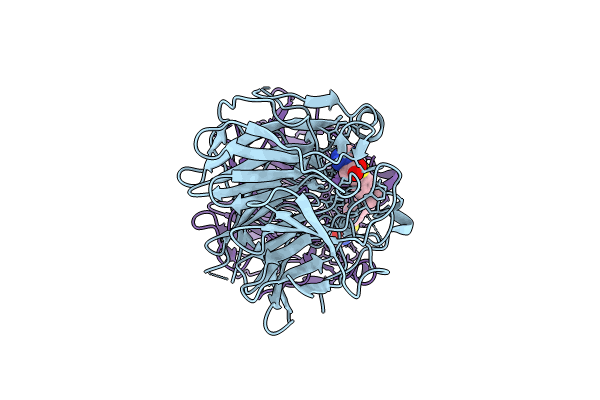
Deposition Date
2023-11-10
Release Date
2024-07-10
Last Version Date
2025-01-22
Method Details:
Experimental Method:
Resolution:
2.00 Å
R-Value Free:
0.20
R-Value Work:
0.16
R-Value Observed:
0.16
Space Group:
P 1 21 1


